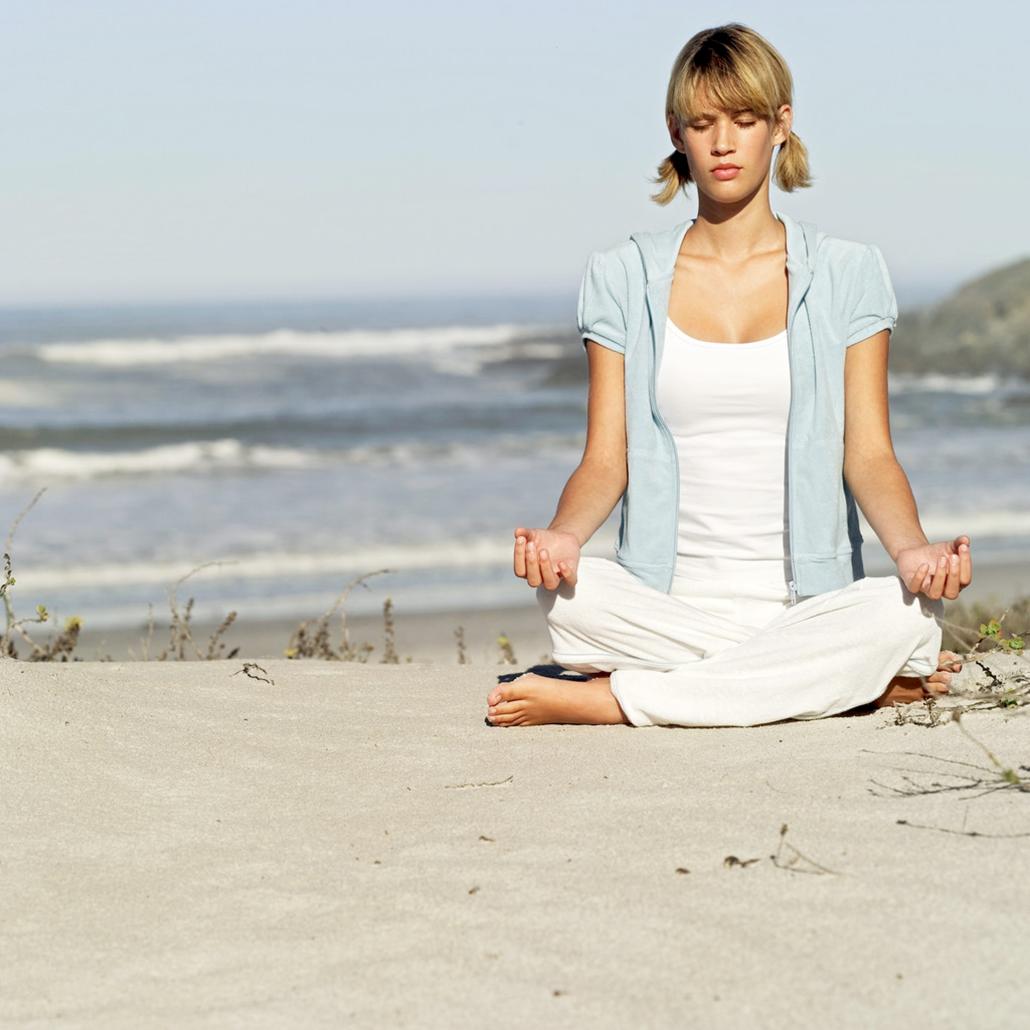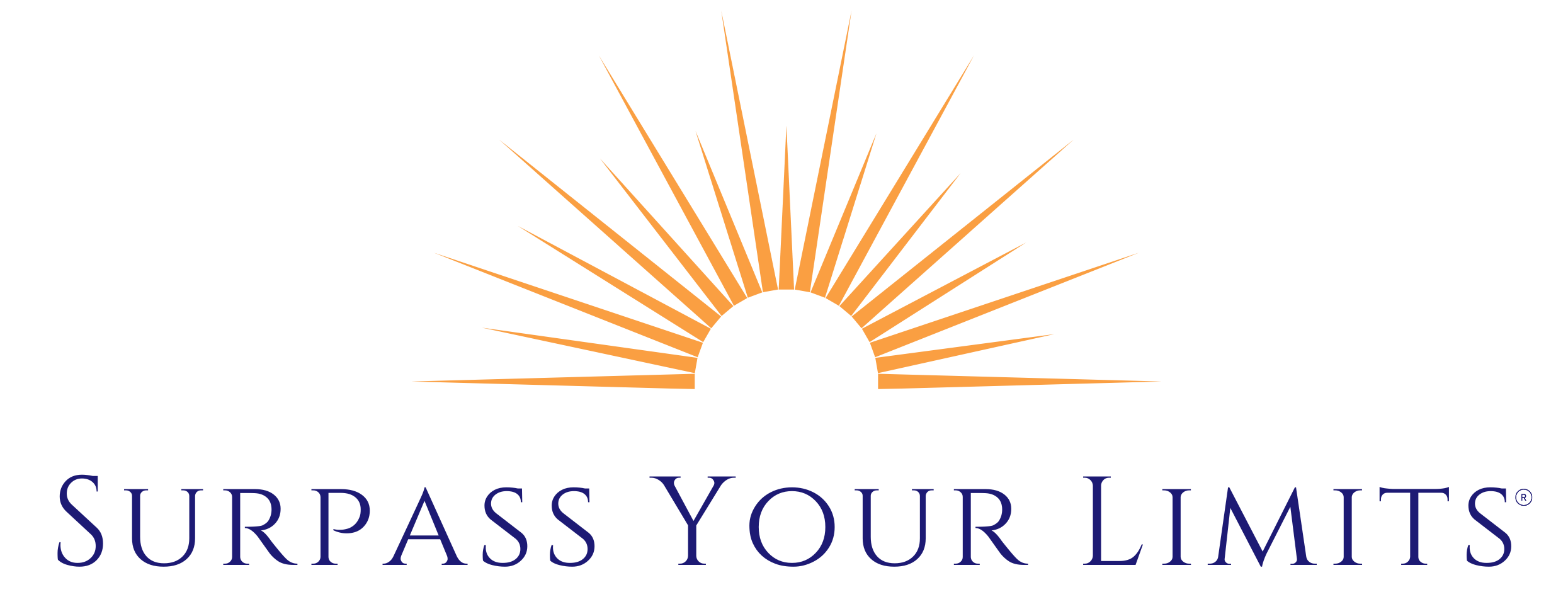 7 Lies You Believe About Yourself Which Imprison The Bigger You!
7 Lies You Believe About Yourself Which Imprison The Bigger You!
Despite the fact that gratitude is a profoundly powerful state of consciousness and metaphysical tool for the creation of a fulfilling life, it is often highly underrated and misunderstood to be nothing more than feel good fluff. Gratitude is the most powerful prayer one can think or utter. This is because it is a “declaration of having.” And because Universal Principles dictate, “where your attention goes the energy flows,” when you acknowledge and feel that you have, you experience and perceive more having.
The “attitude of gratitude” is the practice of counting your blessings. It is the discipline of looking to what you do have versus at what you don’t have, and giving thanks – heartfelt thanks – for it. It is about looking for the good, no matter how bad things look. This practice alone has the power to turn your life around for the better, no matter how much evidence you have to build a case about how bad things are. When you build a case, you focus on the bad and therefore limit yourself to seeing only that which is bad… even when there is good right in front of you. When you focus on the good, you attract that.
Take Amy, for example. She was diagnosed with a rare and aggressive form of cancer at the age of 16, right in the midst of an otherwise joyous time of life. Scholarly honors, driver’s licenses, proms, graduations and celebrations made up her family’s world at the time. The cancer had already spread to her lungs, and the doctors gave the family some statistics that would have brought anyone to their knees. Once they found their breath again after the initial shock, the family embarked on a journey to support Amy through what was to be a grueling year of aggressive cancer treatments. How did they navigate one of the scariest, most challenging times of their lives? It turns out that the practice of gratitude was at the top of their list of survival tools.
Every day Amy’s mother would ask her, “What is one thing you can be grateful for?” One day, the answer was, “My toe doesn’t hurt.” That was the best she could muster. Another particularly powerful example of their discipline of gratitude was revealed when Amy gave thanks for the extreme pain in her foot. She said, “When my foot would hurt, I would give thanks that I could feel the pain because it meant I still had a foot.” It turns out that amputation had been a possibility discussed in previous medical consultations.
There is never a shortage of evidence to build cases for how hard our lives are or can be at times. Amy and her mother had plenty of opportunity and valid reason to turn their attention toward their struggle, the unfairness of it all, the pain, the stress, the terror and the financial hardship. They knew, however, they did not have the luxury of indulging in negativity. Of course, they felt their feelings. Of course, fear, stress, fatigue, anger and confusion were regular companions during their journey. But, rather than pitching a tent in “the valley of the shadow of death,” they walked on through, always looking for the good of Divine Spirit to be revealed.
They would meet their emotions with respect, honor them through acknowledgment, and kept looking for the good.
At the time of this writing, Amy is celebrating ten years clear of cancer. She is considered a miracle by western medical standards. And, although no gratitude technique could ever guarantee the survival of a life-threatening illness, one thing is certain: the power of gratitude, the power of connecting to the good of Source, the power of seeing and feeling yourself as well – no matter what your body is doing, no matter what the doctors are saying – is the substance of miracles. Miracles do happen everyday and they are not beyond your control. You have the power to create miracles in your life by tapping into your power as a co-creative being with the Universe.
There are various ways to practice gratitude. Some teachers encourage the use of a gratitude journal, where every night at bedtime one writes down five things for which one is grateful. Others speak of cultivating and maintaining an “attitude of gratitude,” which is to always seek that for which you can be grateful.
An elevated gratitude discipline is to give thanks when things go seemingly wrong. And one of the greatest practices is to give thanks for the blessings you cannot see. When you experience an undesired situation, the opportunity is to remember that there is only one source for all that is, and that Source is all-good. In considering this, one must understand that there is good even in that situation, even if you do not see it. The trick is to suspend judgment. For if you judge something as bad, you have focused your thoughts and emotions in such a way that you must, according to Universal Principles, experience it as bad.
Gratitude is indeed one of the most powerful states of consciousness one can strive for. If all you do is commit to the consistent practice of gratitude there is no way your life cannot change for the better – and dramatically so!
Seek illumination and begin to discover your blind spots.
Take the quiz at www.findyourblindspots.com


It’s so hard to be positive when we’re feeling trapped. Yet, if we trust in the Law of Attraction and how it works, we can end the problem. We need to use our Internal Guidance System to be in touch with the spirit and to give thanks for what’s right in our world, even if it’s only gratitude for a sunny day. We tend to take the small things for granted. But to be free, we also need to see ourselves free. That’s the only way the LOA will truly work. Don’t you agree, Sonia?
Great post, by the way. Happy to read it.